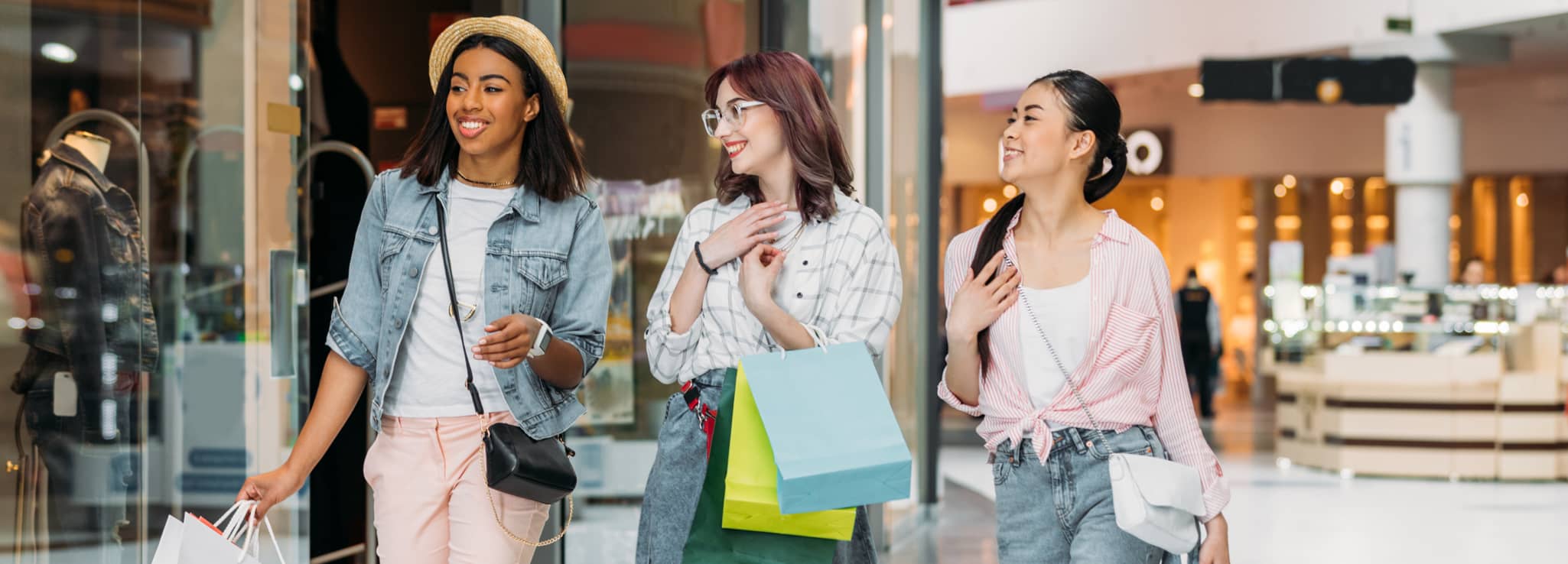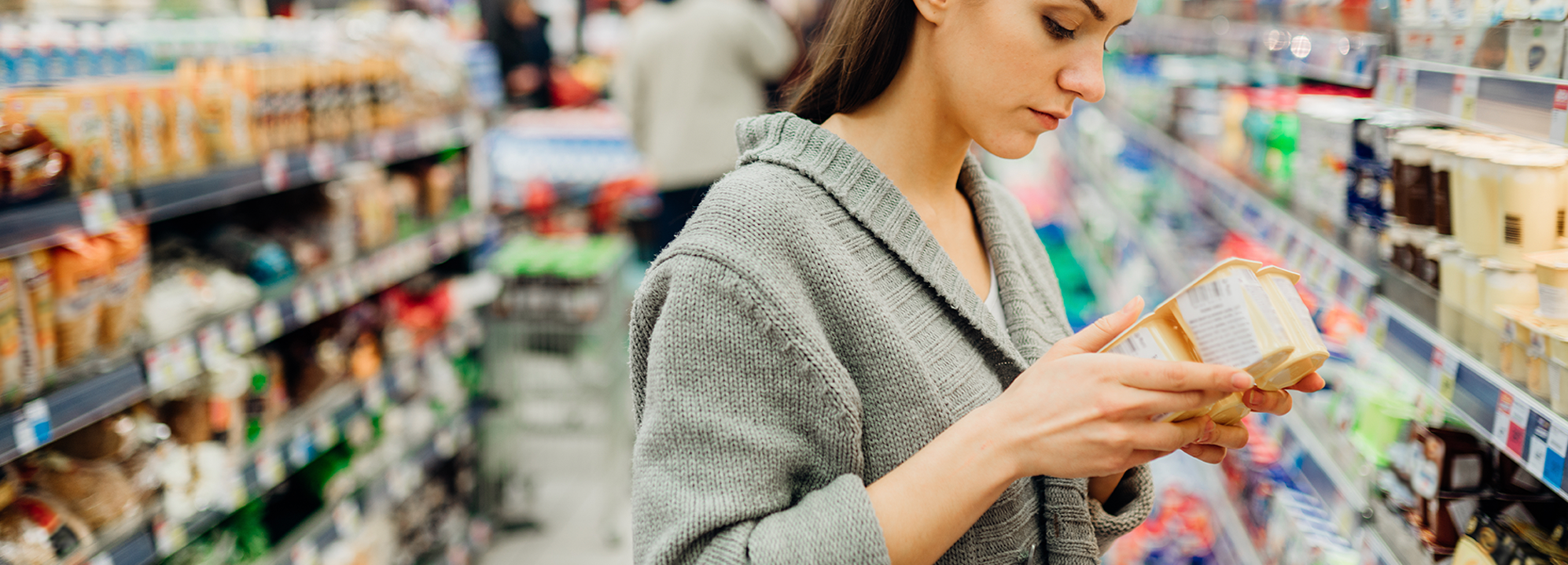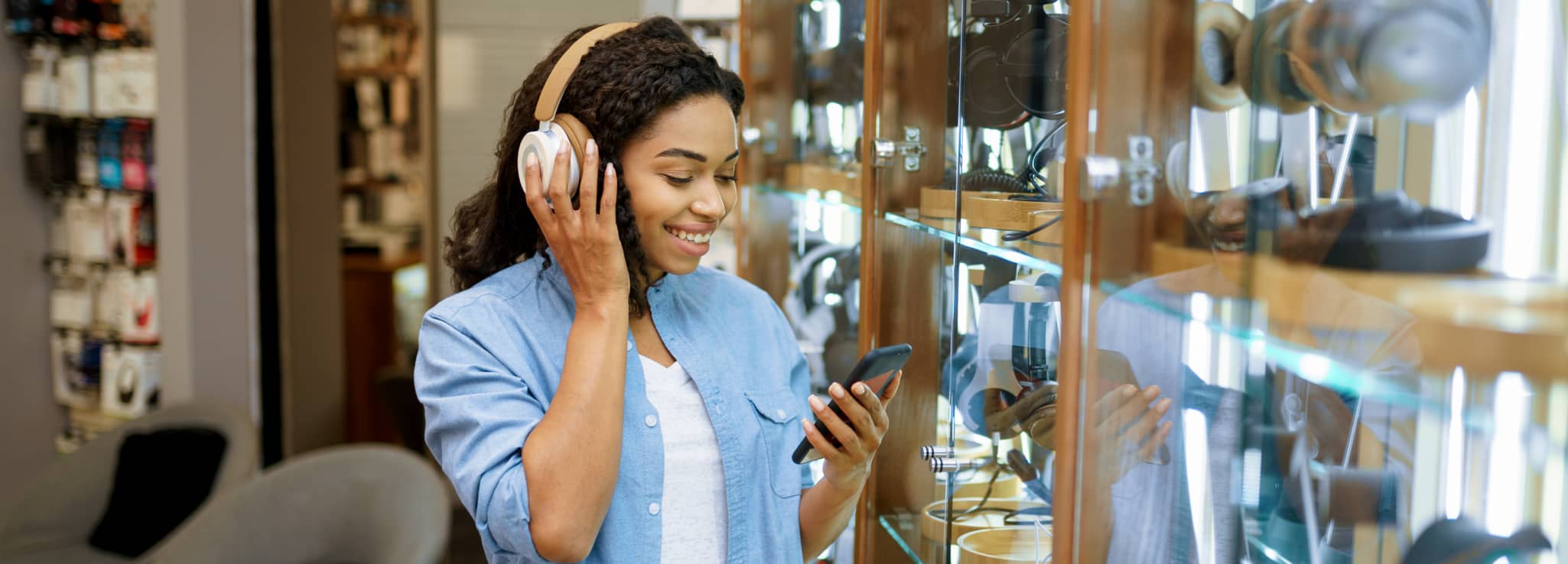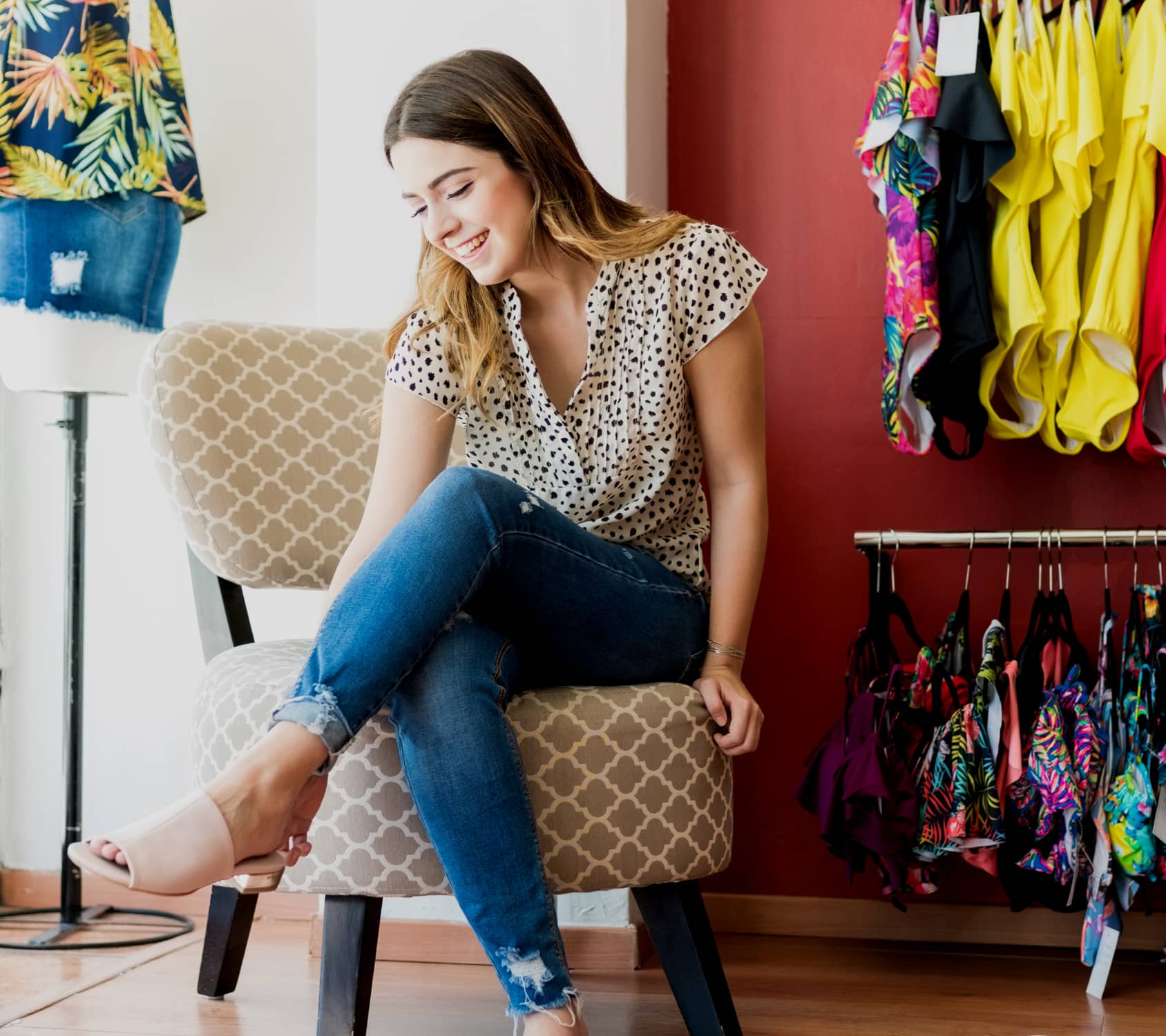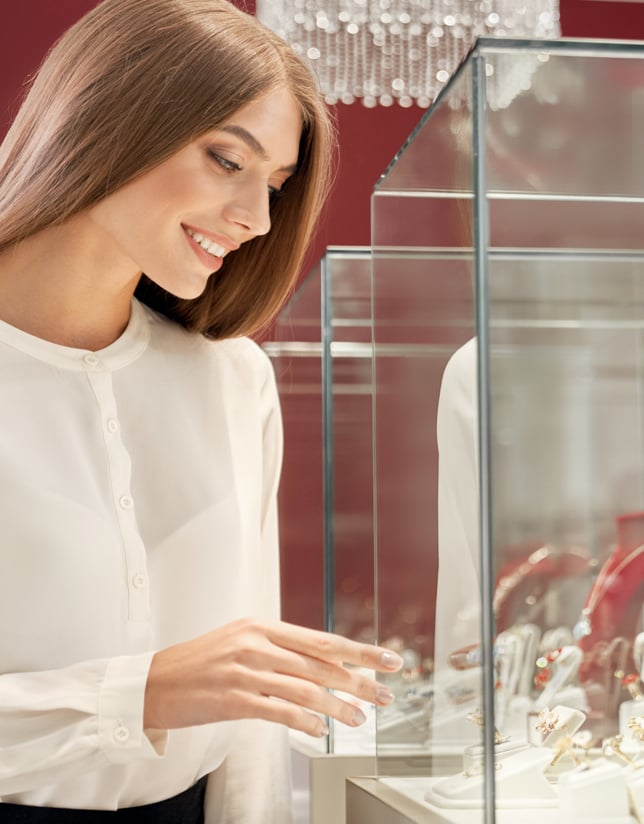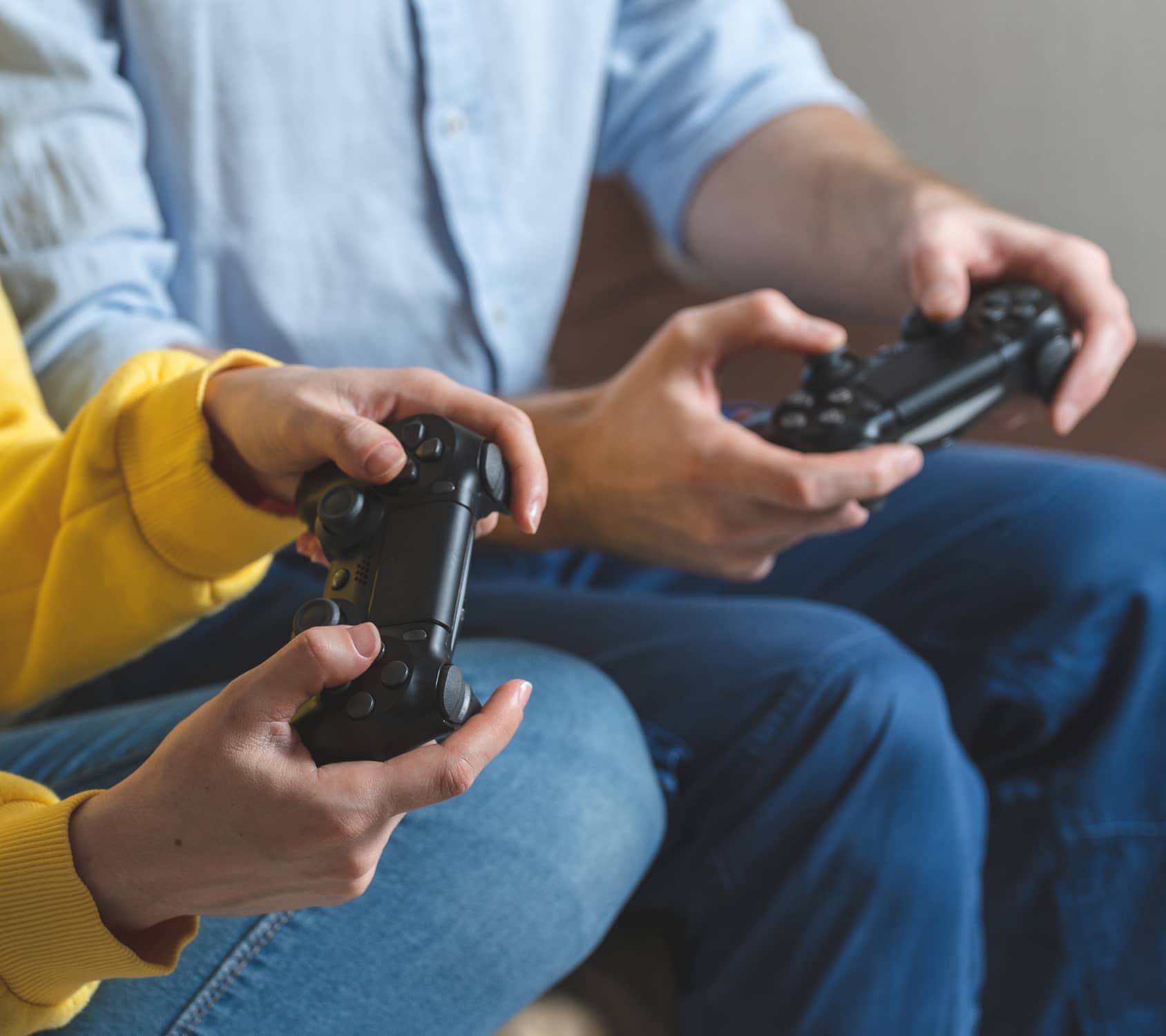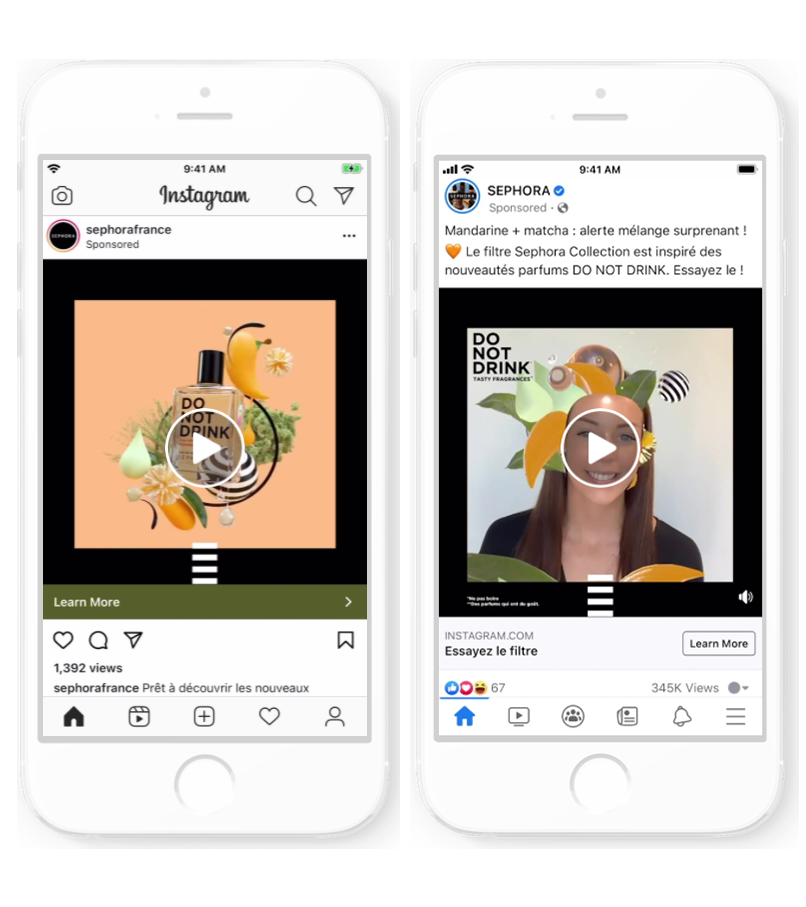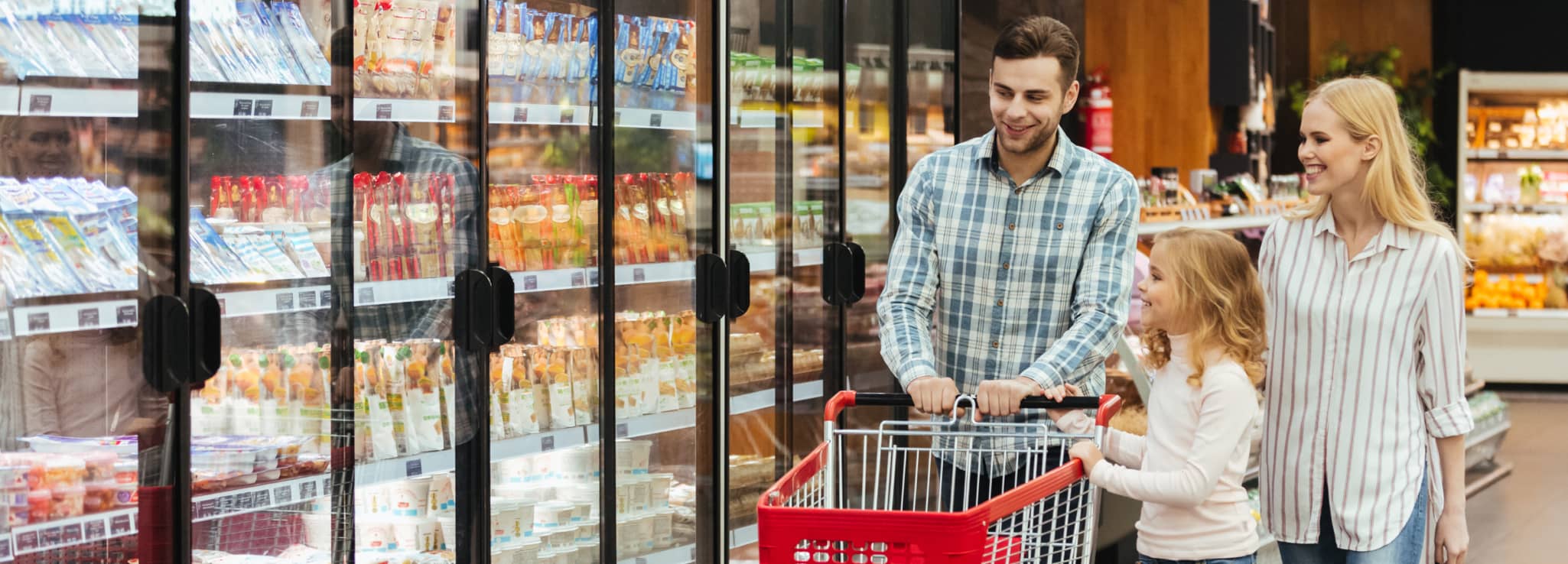Drives Sales
Every sale offers a window into customer behavior, preferences, and motivations. Shopper marketing provides a strategic framework that helps you convert raw customer data into actionable insights that drive sales by helping you:
- Optimize shelf layouts
- Decide where to position in-store displays for maximum engagement
- Design product packaging that resonates with customers
- Capitalize on emerging trends
Fosters Brand - Retailer Relationships
The right shopper-marketing strategy includes manufacturers working with retailers to design and create solutions and tactics beneficial to both. Joint shopper marketing promotions influence consumer behavior and increases demand to help retailers drive sell through with customers.
By working together as partners, retailers and manufacturers can provide the greatest value to customers at the lowest possible cost. Brands need to provide comprehensive support to their retail partners and retailers in turn provide incremental shelf and display space to incite shoppers.
Creates Consistent Omnichannel Experiences
Customers don’t distinguish between online and offline in the same way as retailers. 73% of customers use multiple channels on their path to purchase – and they expect you to deliver a consistent experience every step of the way.
Omnichannel shopper marketing gives you a holistic view of the entire path to purchase, so you can provide positive and cohesive experiences as customers transition between touchpoints.
Fuels eCommerce Success
E-commerce has enjoyed a steady rise in popularity through direct-to-consumer and online channels over the past two decades as they ditch the high street and embrace the convenience of online shopping. That popularity skyrocketed during the pandemic creating new opportunities – and challenges.
In an increasingly crowded marketplace, eCommerce shopper marketing helps you raise brand awareness, drive traffic to your online store, and turn first-time visitors into long-term customers. It harnesses a range of tools and shopper marketing tactics to do this, including:
Powers Personalization
Customers appreciate brands that offer a personal touch. 80% of customers are more likely to shop with brands that offer a personalized experience. Showing that you understand their challenges and desires can go a long way to earning their loyalty.
Shopper marketing leverages the latest martech to provide you with accurate and relevant consumer insights. This gives you a window into customer behavior, preferences, and the various factors that influence purchasing decisions, so you can deliver targeted campaigns that resonate with your audience.
For ideas, see also our post on Shopper Marketing Campaign Examples.


